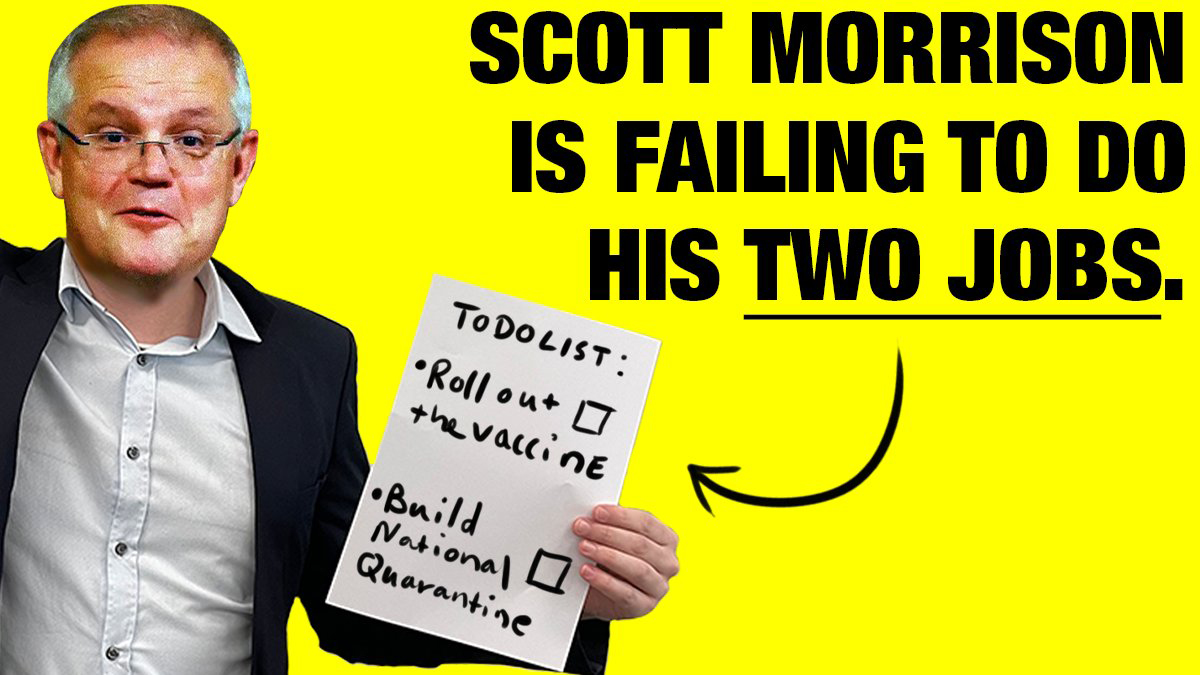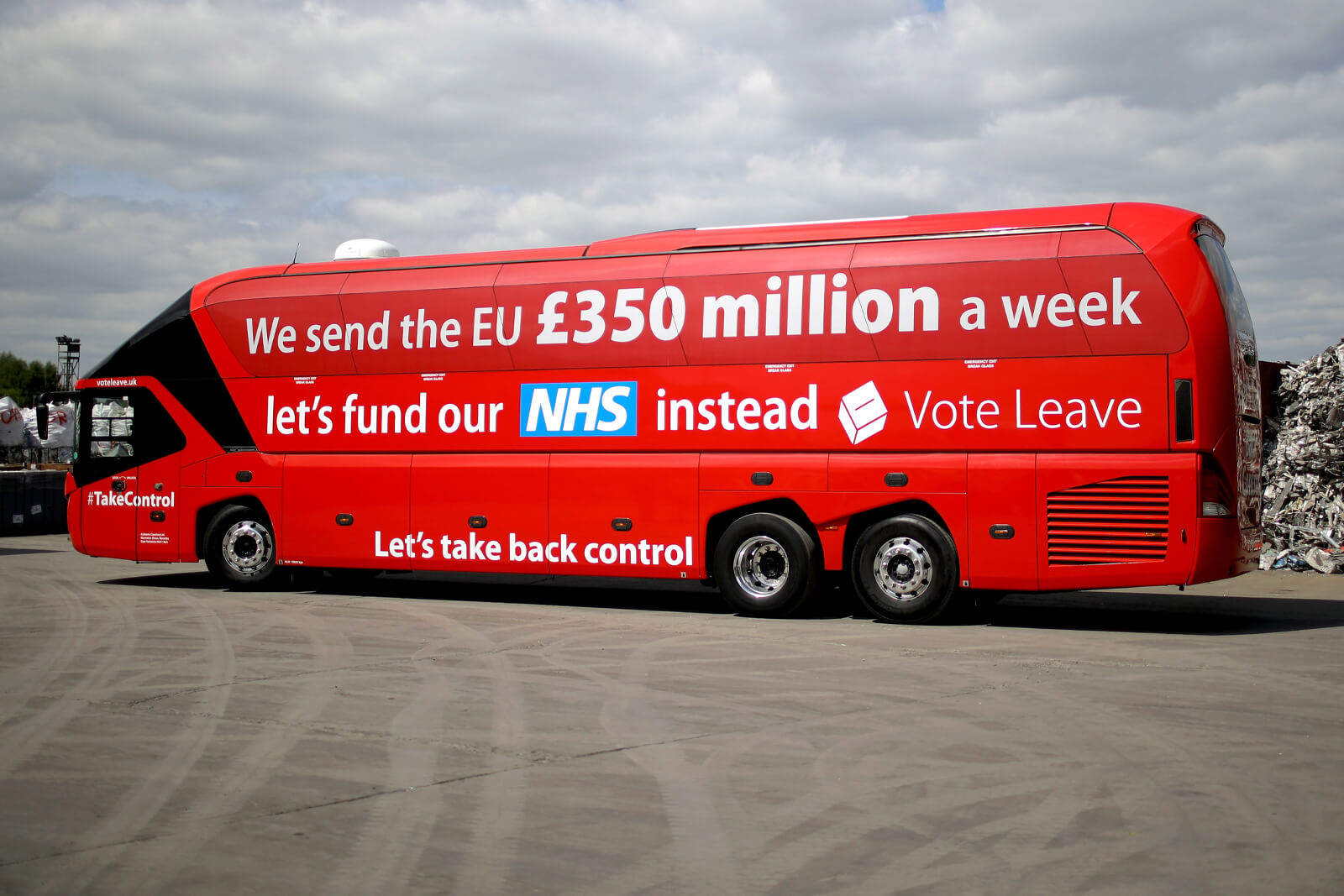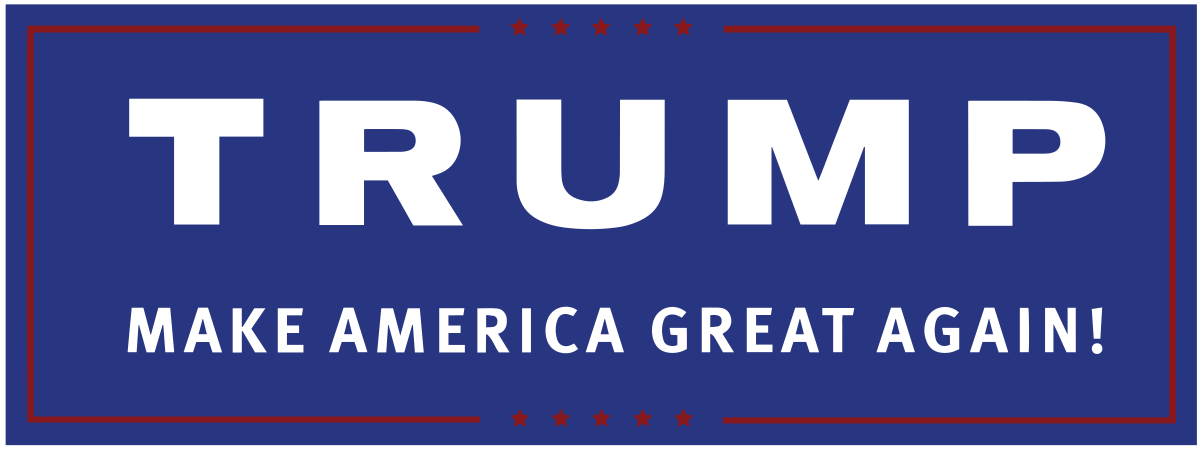Evidence dating back to prehistoric times of cave paintings exists, portraying tribal hierarchies and religious images being used to spread the word to illiterate demographics. Similarly, royalty and conquerors of the nineteenth century influenced the masses with portraits, murals, and statues, while, in the twentieth century, conscripted art and propaganda were used by leaders and dictators to reinforce their self-proclaimed brilliance.
Now, in 2021, with the introduction of the internet and social media, we see design driving political messages more than ever before. Or, maybe we don’t.
Modern design methods have evolved significantly in their ability to make a message stronger without being obvious. As a result, design can be almost invisible to the naked eye while its underlying message effectively persuades or bolsters public opinion.
That said, the bold and brash design technique is still, for better or worse, alive and well.
The Evident Impact of Social Media Design
We cannot underestimate the evident impact of social media design in driving political messages. As social media has a globally recognised visual language, design today could be considered the most powerful political influence.
Social media design plays an enormous part in driving political messages due to the immense volume of users and content. Political parties understand the public spends hours scrolling with no clear intent on apps like Facebook, Instagram, Twitter and countless other social media platforms. It is almost too good to be true, having potential voters at their disposal daily and using cleverly designed social media in large quantities to persuade viewers.
We would like to think we have progressed since the propaganda era, which fooled many with outlandish persuasive media. Maybe we have, maybe we have not. But political campaign designers are talented and well aware of the many media channels they now have at their disposal.
There has been plenty of conversation about social media’s involvement in recent political outcomes, with its impact more than evident. The question is, who is responsible for how it is used for political gain – tech giants, governments or the end-user?
 Photo Credit: Emma Nguyen
Photo Credit: Emma Nguyen Challenging Political Perceptions by Design
One of the most significant tactical deployments of design over the last century is rather than reinforcing public perception, it is used to challenge it.
Such a design approach is commonly used in marketing, with companies calling out the competition with a clever design rather than promoting their own brand. This challenging perception is most often a tactical and not-so-subtle take-over of political messaging.
As a result, it has changed the public’s views on design, with growing disdain for smear strategies compared to self-promotion methods. The latter may be no more ethical as such, but at least it promotes the strengths of a political party rather than the weaknesses of its opponent.
Design is everything in politics, and some will say good design equates to public attention and votes regardless of the design methods used.
 Photo Credit: Twitter
Photo Credit: Twitter The Bold Brexit Bus Design
In the lead up to the 2019 UK election, Prime Minister Boris Johnson claimed, “once we have settled our accounts, we will take back control of roughly £350 million per week”, further adding that “it would be a fine thing if a lot of that money went on the NHS”.
It was a bold claim at the time, with the stated figure compared to the reality of the actual savings total (considering the loss of trading rebates and support with European countries) raising a lot of eyebrows.
Regardless, Johnson and his political team doubled down and created a Brexit Bus. The design team used an iconic red double-decker with the words, “We send the EU £350 million a week – let’s fund our NHS instead”.
It could be said it was a design fail as the focus quickly turned to the false claim. The amount is said to be closer to £250 million, and the money would not necessarily be available to reinvest in the NHS as they would need to use it to arrange new deals lost in Brexit.
On the other hand, it got people talking, giving them a monetised reference, and whether it was £150, £250 or £350 million per week, the amount was potentially a key factor for many Brits who voted for Mr Johnson.
 Photo Credit: Bloomberg
Photo Credit: Bloomberg The Amplified Trump Design
The Donald Trump design was the most amplified design in recent politics. It was off the scale, but it worked. The ambitious approach bordered on the propaganda times from yesteryear, using Trump’s distinctive look and outlandish personality to drive his political message.
There was (and still is) nothing subtle about the Trump political movement, and it encompassed all the iconic features in one bold and proud design. The TRUMP capital letter branding, the US flag’s red, blue and white, and four simple yet powerful words ‘Make America Great Again!’
Regardless of your personal opinions of the man, it has to be said the Trump political design was brilliant in how easily grabbed the attention of everyday Americans. The Trump team had no shame and, at times, absurd ignorance. However, they knew exactly how the political message had to reach and connect with the millions of voters required to win governance, and they executed with no concern whatsoever about dividing the country with its strong opinions.


